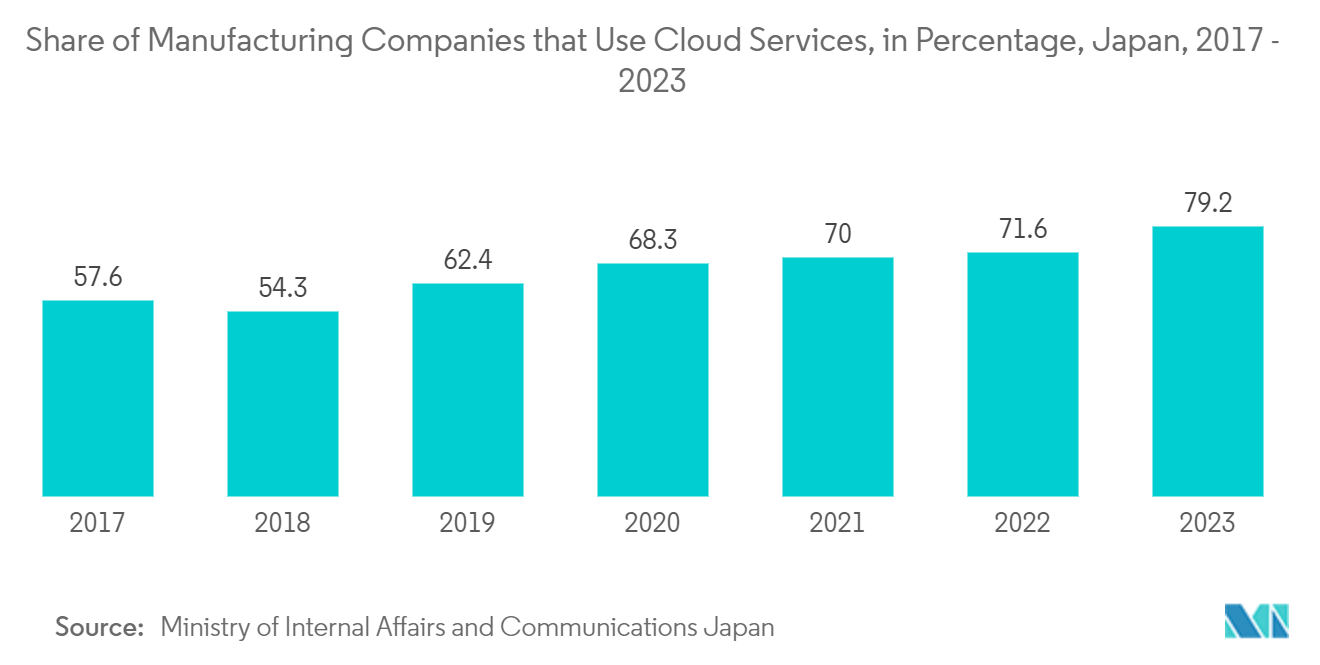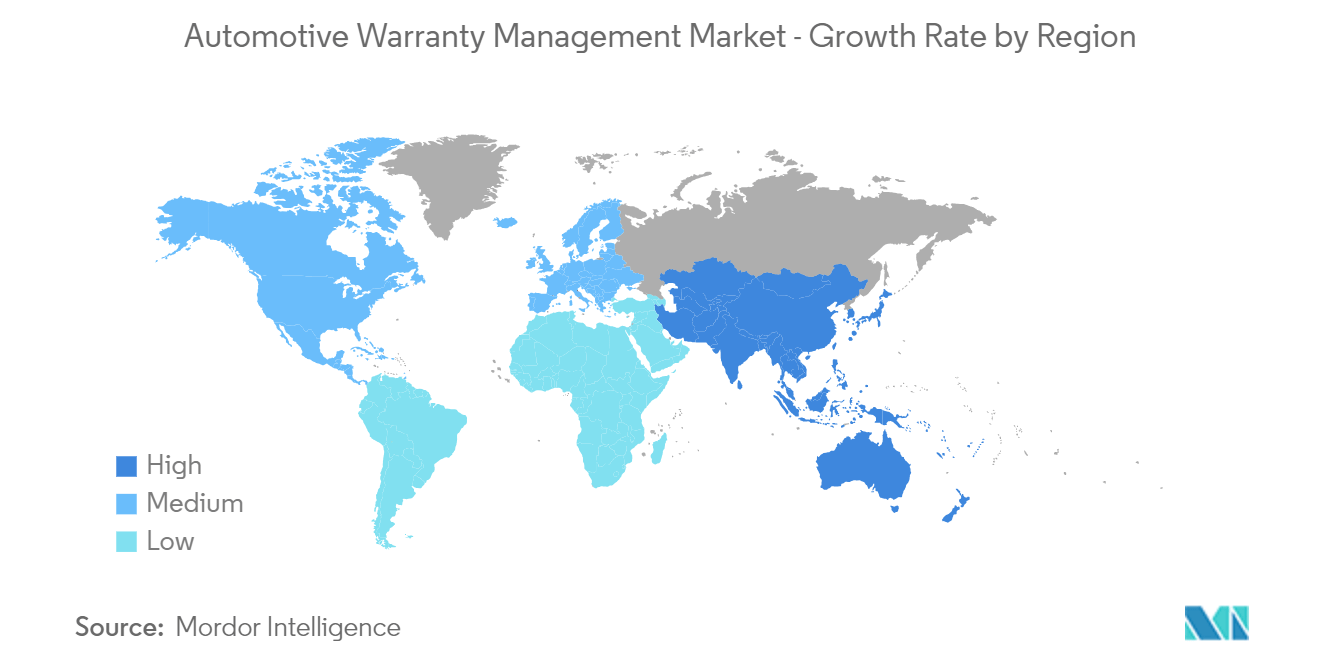Market Trends of Automotive Warranty Management Industry
Cloud-based Warranty Management Systems is Expected to Drive Market Growth Significantly
• As a result of the COVID-19 pandemic, the cloud-based warranty management solutions facilitated remote work and ensured continued access to data for warranty teams during lockdowns. This trend toward cloud adoption is expected to continue post-pandemic, driving the adoption of cloud-based warranty management solutions in the automotive industry.
• The growing adoption of the cloud in the automotive industry, owing to several benefits such as scalability, reduced costs, and improved collaboration between globally located teams, designers, and manufacturing units to access and share data in real time, is driving innovation and faster product development cycles. Such advantages are further expected to drive the adoption of cloud-based warranty management solutions.
• The adoption of industry cloud in the automotive sector is on the rise, offering enterprises an opportunity to reconstruct their value chains. A notable example is Volkswagen, the German automaker that collaborated with AWS and MHP, an IT consultant under Porsche, to establish its industry cloud tailored for automobile manufacturing in June 2023. These advancements in cloud adoption are anticipated to drive the demand for cloud-based automotive warranty management solutions in the coming years.
• Furthermore, the rapidly growing adoption of cloud services across the manufacturing industries, including automotive, is expected to support the adoption of cloud-based warranty management solutions with established cloud infrastructure. For instance, according to the Ministry of Internal Affairs and Communications Japan, the share of manufacturing companies in Japan that use cloud services reached 79.2% in 2023 from 71.6% in 2022.

Asia-Pacific is Expected to Register the Highest Growth Rate
• Asia-Pacific leads the global automobile industry in growth, driven by countries such as China, India, Japan, and South Korea, witnessing a significant surge in vehicle sales. This surge has resulted in a larger pool of vehicles, particularly modern cars equipped with advanced features and electronics, necessitating more intricate warranty management and sophisticated systems to handle the rising complexity of warranty claims.
• According to the International Organization of Motor Vehicle Manufacturers (OICA), in 2023, about 42.6 million passenger cars were sold within Asia-Pacific, including the Middle East, of which over 26 million were sold in China. Comparatively, approximately 37.5 million passenger cars were sold in Asia-Pacific in 2022. This rise in vehicle sales challenges manufacturers and dealers to maintain warranty records and enhance customer experience.
• Evolving customer expectations and longer warranty durations are bolstering market growth. Consumers in the region are becoming increasingly tech-savvy, so they now demand a seamless warranty experience. This includes efficient claim processing, transparent communication, and online access to warranty information. Consequently, automakers are rolling out extended warranty options to stay competitive, driving the demand for advanced warranty management solutions to handle these longer claim lifespans.
• In addition, automakers and dealers are experiencing pressure on after-sales margins due to rising repair costs and parts prices. Implementing warranty management systems is helping them streamline processes, reduce administrative costs, and identify fraudulent claims. Thus, automakers and dealers are increasingly focusing on cost reduction and operational efficiency, leading to increased adoption of automotive warranty management solutions.


